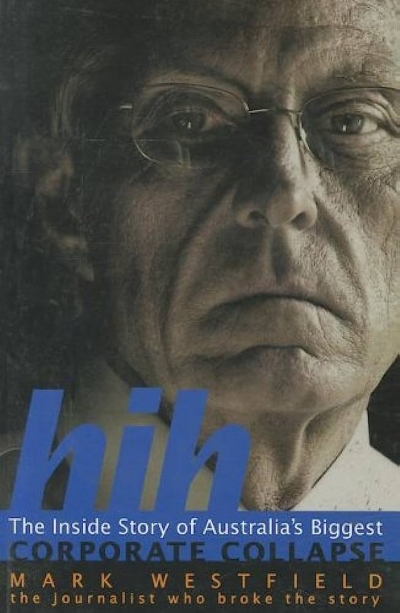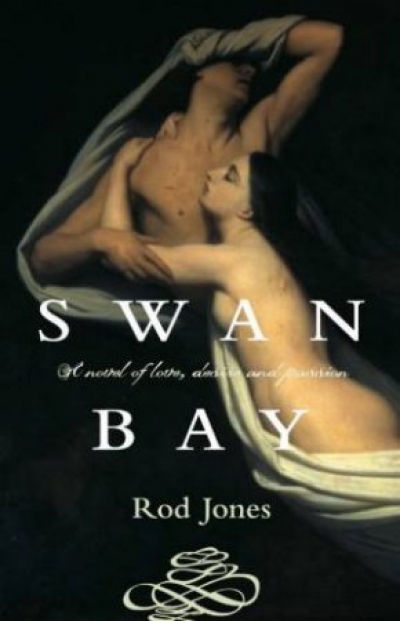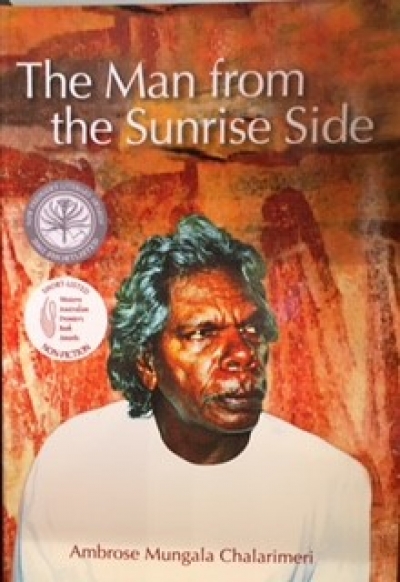Review
HIH: The inside story of Australia's biggest corporate collapse by Mark Westfield
by Gideon Haigh •
Handbook Of Australian, New Zealand And Antarctic Birds: Volume 6: Pardalotes To Shrike-Thrushes edited by P.J. Higgins and J.M. Peter
by Peter Menkhorst •
Fact or Fission?: The truth about Australia's nuclear ambitions by Richard Broinowski
by Wayne Reynolds •
The Man From the Sunrise Side by Ambrose Mungala Chalarimeri & The Mish by Robert Lowe
by Bruce Sims •
Walking Naked by Alyssa Brugman & The Barrumbi Kids by Leonie Norrington
by Judith Ridge •










